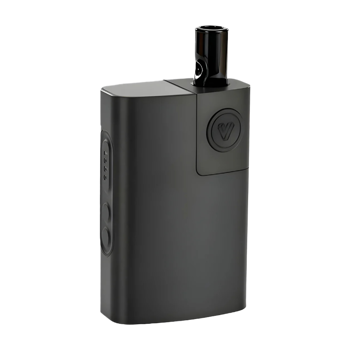Product intro and specs
The VRTCL is a 510 thread vape designed for use with cannabis oil cartridges. It shares some of the best features from their previous vapes, which I still use to this day. The VRTCL features a slimmer form factor and a few other improvements. Like the PCKT One, it’s CNC-machined out of a single block of metal, giving it a rather robust feel for a weed pen.
The device has a built-in 380 mAh battery and five power modes. It also does USB-C passthrough charging and doesn’t require proprietary magnetic adapters. They’re compatible with the most common top and bottom airflow 510 cartridges. Aside from its durable unibody design, the VRTCL also comes with a one-year warranty. I’m going to be testing it with a variety of pre-filled THC and CBD cartridges, for compatibility and overall performance.
The VRTCL was sent courtesy of PCKT for the purpose of this review.
Colors: Indica, rustic, humboldt, pacific, midnight
Price: $59.99
Build quality and design
The VRTCL has the high-end flair that I expect from PCKT. It’s 73 mm tall, 19 mm wide and 13.5 mm in thickness. It weighs in at just under 36 grams and about 43 grams with a full cart installed. The device looks a bit like a vape pen, but it’s flattened out with rounded off edges. Overall, the build quality seems to be on par with the PCKT One Plus, which is very well-built. It also features the new RCKT 2 chip, which is said to provide more efficient power consumption.
There is a subtle PCKT logo engraved on top, and the power button looks just like the one on the PCKT One, but vertical. It has a brushed finish which gives it a nice matte look. PCKT was kind enough to send me a few color variations, and they all look great—though I still prefer the black one. Since it has rounded edges, it falls over very easily when you try to stand it up on your desk. Not a big deal, but I tend to keep my carts upright to prevent any dry or burnt hits.
The VRTCL has a few unique advantages over the PCKT One and similar vapes. Faster charging, no more adapters and more pocketable than ever before. The device is not draw activated, it utilizes a single-button interface. The USB-C charging port is on the bottom—charging the VRTCL only takes about 45 minutes and you can still use it while it’s charging.
They had to sacrifice some battery capacity, but another major advantage is that it features a more customizable output range. The VRTCL features five voltage settings that range from 2.43 to 3.84 volts, which is the perfect range for most cannabis oil carts available right now.
How to use the VRTCL
The VRTCL is very easy to use once you get the hang of it. PCKT suggests fully charging the device prior to first use. Here is a quick rundown on how to use it:
- Attach your 510-threaded cartridge (don’t overtighten!)
- Five clicks turn the VRTCL on or off
- One click to check battery level (green = 100%, yellow = 50%, red = very low)
- Two clicks to change voltage, one click to cycle through settings
- Three clicks to adjust LED brightness setting
- Hold button to select preferred voltage setting
- Press the button while inhaling to vape
- PCKT suggests keeping the device out of extreme hot or cold temperatures
- Clean the chamber and contacts periodically with a cotton swab and some alcohol
Modes
- Turquoise: 2.43V
- Blue: 2.73V
- Yellow: 3.09V
- Red: 3.54V
- Purple: 3.84V
Performance
When it comes to compatibility, there wasn’t one cartridge that didn’t work with the VRTCL. I tested it with at least five different types of THC, CBD and delta 8 carts. PCKT says you can use it with any cartridge that is less than 12 mm in diameter.
The interface takes a bit of time to get used to, but it isn’t difficult to learn. It was a bit confusing at first, until you remember that two clicks is for voltage, and three clicks is for adjusting the brightness. I’m not sure how necessary that this is, but it comes in handy for stealth vaping.
Once I got acquainted with the interface, it was all smooth sailing. The VRTCL is almost identical in performance to the PCKT One Plus. The additional voltage settings provide a bit more flexibility, although I ended up using it on the higher two settings mostly. That’s because even the higher settings are within the ideal range for most 510 cannabis oil cartridges.
I got no burnt hits at all with any of the carts I tested. Even at 3.5 and 3.8 volts, it was really smooth. Tons of flavor, very little coughing. I had to take slightly longer puffs than usual, because it didn't blast my cartridges out with too much power. It provides nice smooth puffs. The battery life lasted longer than I expected since it has a rather conservative output range. I’m guessing this also has something to do with the RCKT 2 chipset that it utilizes.
Overall, the performance was very good. It may vary slightly depending on which cartridge you use, but I didn’t seem to have any issues in terms of compatibility with the 510 connection or airflow configuration. It performs just like a miniature PCKT One with more voltage options.
Pros / Cons
Gallery
Verdict
All in all, the VRTCL is a solid vape pen for 510 threaded cartridges. It looks really sleek, is durable, ergonomic, and compact. It also offers a lot of versatility and is compatible with all of the carts I’ve tested it with. It gave me nothing but clean flavor from my favorite distillate cartridges, no dry or burnt hits. I was able to take long flavorful draws even on the higher two voltage settings and it was still smooth. The vapor production is on the lighter side, but it’s perfect for flavor chasing. If you’re looking for a vape pen that’s going to slow-cook your oil, this is the one.
The battery capacity isn’t massive but it’s quite efficient. However, it does USB-C passthrough charging. The charging port is located on the bottom, which is not ideal, but the device doesn’t stand upright so you end up removing the cartridge when charging most of the time.
Other than that, there wasn’t anything major to complain about. I would recommend it to anyone looking for a more upscale weed pen, or as a smaller companion to your PCKT One Plus.
How do you feel about the PCKT VRTCL? Share your thoughts in the comments section below.
Because of declining cigarette sales, state governments in the U.S. and countries around the world are looking to vapor products as a new source of tax revenue.
The legal age to buy e-cigarettes and other vaping products varies around the world. The United States recently changed the legal minimum sales age to 21.
A list of vaping product flavor bans and online sales bans in the United States, and sales and possession bans in other countries.
President Trump promised during his election campaign to “save vaping," but his administration has undermined that goal at every turn.
The U.S. disposable vape market has grown to $2 billion in annual sales, although nearly none of the products are authorized by the FDA.
More than 30 bills that would impose severe restrictions vaping consumers’ product choices remain active in U.S. state legislatures.



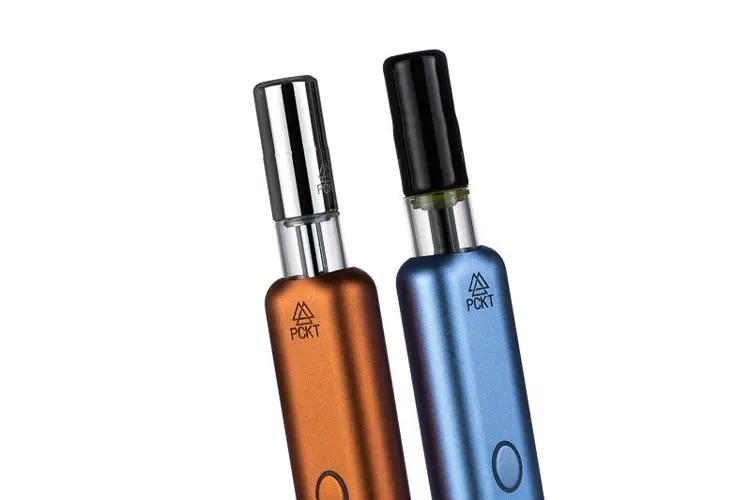




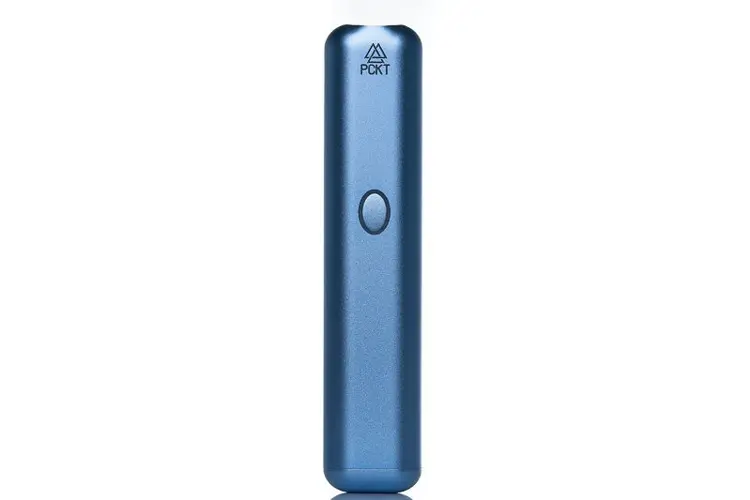







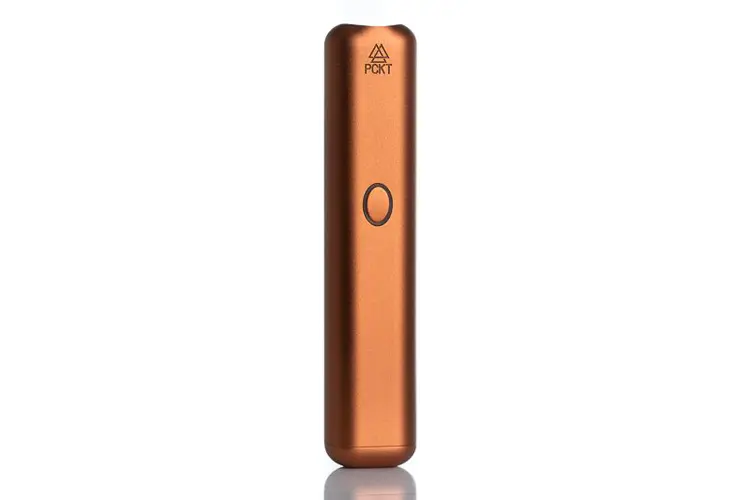






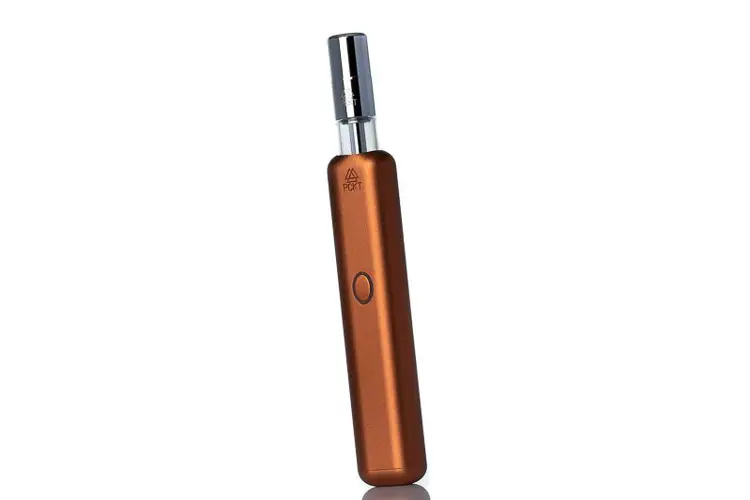










![Image for New Product Releases [August 2025]](https://media.vaping360.com/images/image-f8eb776d.webp?imageType=Standard)
















